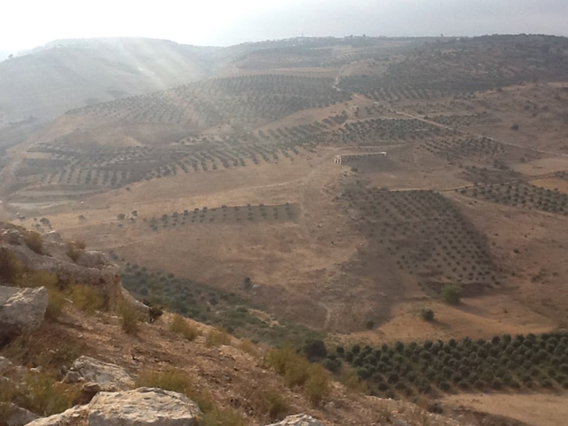Record added successfully


Excavations at the Tell Rakan archaeological site are contributing to a better understanding of Neolithic settlements in northern Jordan, according to Wadi Ziqlab Project Director Ted Banning.
Tell Rakan forms part of the Wadi Ziqlab Project, which began excavating a large, stratified site west of the ‘Ain Jahjah spring near Irbid in 1999, according to Banning.

“The site [Tell Raqan] had been brought to our attention after the construction of fish tanks cut into it in the mid-1980s, sectioning a low tell to reveal architectural remains, plaster floors and Pre-Pottery Neolithic B [PPNB] artifacts,” Banning noted.
A closer examination of the bulldozed section in 1995 showed numerous Late PPNB objects in the lower part of this section, few sherds with Yarmoukian decoration, and Early Bronze I sherds on the surface above the cut.
Tell Rakan is a Neolithic site, some hectare to hectare and half in size, at an elevation of about 100 metres, occupying a lower slope close to a waterfall in the main canyon of Wadi Ziqlab, Banning said.
Regarding Neolithic ceramics, the late prehistoric pottery from Tell Rakan consists mainly of coarsely grit-tempered pottery with parallels in Neolithic, Chalcolithic and Early Bronze Age sites, Banning from the University of Toronto said.
Yarmoukian sherds from the Late Neolithic levels include a few with typical Yarmoukian herring-bone incised decoration within reserved bands, as well as strap-handles, simple hole-mouth rims, cups and bowls, and simple painted and incised decoration.
“Paint is often simply a band on the lip of the rim or diagonal lines below,” the scholar said, adding that they did not find evidence of the criss-cross combing/incision that was the chief decoration at those sites.
“The sherds are friable, poorly fired and do not withstand washing in water. The fabrics are typically brown, yellow or pink, although some dark grey shades also occur,” Banning said, adding that the assemblage includes broad strap handles and simple rims of inverted vessels.
--
Source: the Jordan Times.